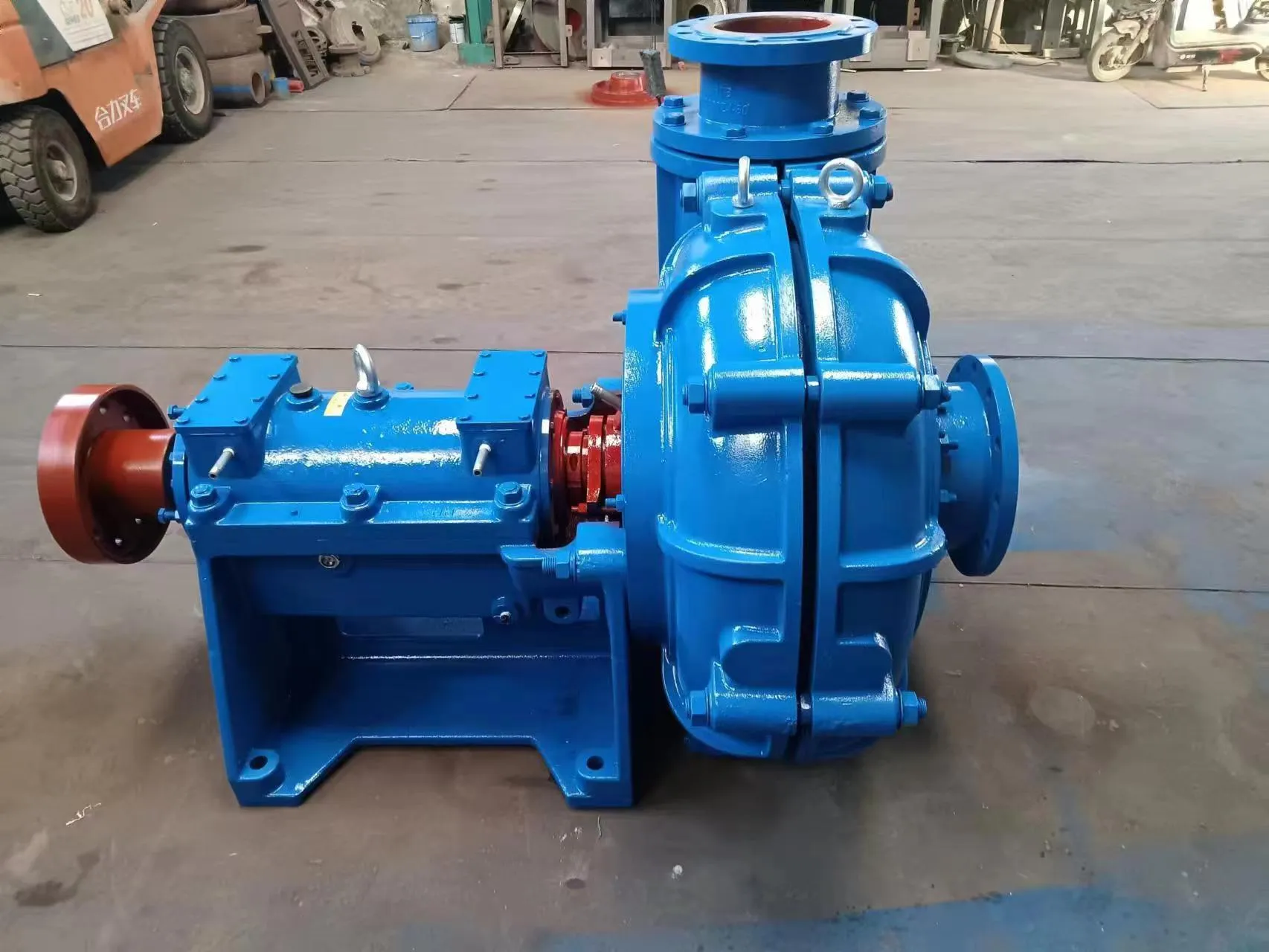TEL:
+86 13120555503
Hindi
- Afrikaans
- Albanian
- Amharic
- Arabic
- Armenian
- Azerbaijani
- Basque
- Belarusian
- Bengali
- Bosnian
- Bulgarian
- Catalan
- Cebuano
- Corsican
- Croatian
- Czech
- Danish
- Dutch
- English
- Esperanto
- Estonian
- Finnish
- French
- Frisian
- Galician
- Georgian
- German
- Greek
- Gujarati
- Haitian Creole
- hausa
- hawaiian
- Hebrew
- Hindi
- Miao
- Hungarian
- Icelandic
- igbo
- Indonesian
- irish
- Italian
- Japanese
- Javanese
- Kannada
- kazakh
- Khmer
- Rwandese
- Korean
- Kurdish
- Kyrgyz
- Lao
- Latin
- Latvian
- Lithuanian
- Luxembourgish
- Macedonian
- Malgashi
- Malay
- Malayalam
- Maltese
- Maori
- Marathi
- Mongolian
- Myanmar
- Nepali
- Norwegian
- Norwegian
- Occitan
- Pashto
- Persian
- Polish
- Portuguese
- Punjabi
- Romanian
- Russian
- Samoan
- Scottish Gaelic
- Serbian
- Sesotho
- Shona
- Sindhi
- Sinhala
- Slovak
- Slovenian
- Somali
- Spanish
- Sundanese
- Swahili
- Swedish
- Tagalog
- Tajik
- Tamil
- Tatar
- Telugu
- Thai
- Turkish
- Turkmen
- Ukrainian
- Urdu
- Uighur
- Uzbek
- Vietnamese
- Welsh
- Bantu
- Yiddish
- Yoruba
- Zulu
Telephone: +86 13120555503
Email: frank@cypump.com
जुलाई . 11, 2024 10:02 Back to list
Designing slurry pump impellers for optimal performance in challenging environments
Slurry pump impeller design is a critical component in the efficiency and effectiveness of a slurry pump. The impeller is the rotating component of the pump that helps to increase the pressure and flow of the slurry through the pump. The design of the impeller plays a crucial role in determining the pump's performance and durability.
There are several factors that must be considered when designing a slurry pump impeller. These factors include the type of slurry being pumped, the size and speed of the pump, as well as the operating conditions of the pump. For example, highly abrasive slurries may require a different impeller design than less abrasive slurries. The impeller must also be designed to withstand the harsh conditions often found in slurry pumping applications, such as high temperatures and high pressures.
One of the key considerations in impeller design is the shape and size of the impeller blades. The shape and size of the blades can impact the efficiency of the pump, as well as the ability of the impeller to handle the slurry. In general, larger impeller blades are better able to handle larger particles and higher flow rates, while smaller blades may be more efficient at lower flow rates

slurry pump impeller design. In addition to the shape and size of the blades, the number of blades on the impeller can also impact the pump's performance. A greater number of blades can help to increase the pump's efficiency and flow rate, but may also increase the likelihood of clogging or wear on the impeller. Conversely, fewer blades may reduce efficiency but increase the impeller's durability. Another important factor in impeller design is the material from which the impeller is made. The material must be resistant to wear and corrosion, particularly in applications where the slurry is highly abrasive or corrosive. Common materials for slurry pump impellers include high-chrome iron, rubber, and polyurethane, each of which offers different advantages and trade-offs in terms of wear resistance and cost. Overall, slurry pump impeller design is a complex process that requires careful consideration of a variety of factors, including the type of slurry being pumped, the operating conditions of the pump, and the desired performance characteristics. By designing an impeller that is optimized for the specific application, engineers can ensure that the pump operates efficiently and reliably, helping to minimize downtime and maintenance costs.

slurry pump impeller design. In addition to the shape and size of the blades, the number of blades on the impeller can also impact the pump's performance. A greater number of blades can help to increase the pump's efficiency and flow rate, but may also increase the likelihood of clogging or wear on the impeller. Conversely, fewer blades may reduce efficiency but increase the impeller's durability. Another important factor in impeller design is the material from which the impeller is made. The material must be resistant to wear and corrosion, particularly in applications where the slurry is highly abrasive or corrosive. Common materials for slurry pump impellers include high-chrome iron, rubber, and polyurethane, each of which offers different advantages and trade-offs in terms of wear resistance and cost. Overall, slurry pump impeller design is a complex process that requires careful consideration of a variety of factors, including the type of slurry being pumped, the operating conditions of the pump, and the desired performance characteristics. By designing an impeller that is optimized for the specific application, engineers can ensure that the pump operates efficiently and reliably, helping to minimize downtime and maintenance costs.
Share
Latest news
-
Custom Drilling Mud and Slurry Pump Supplier - High Efficiency, Tailored Solutions
NewsJun.10,2025
-
Supply Vertical Submersible Sewage Pump High-Efficiency WQ/QW Pumps Supplier
NewsJun.10,2025
-
Premium Sewage Ejection System & Pumps Efficient Waste Removal
NewsJun.09,2025
-
Premium Wholesale Slurry Pump Impellers Durable & Efficient Slurry Handling
NewsJun.09,2025
-
Top Sewage Pump Companies Durable Industrial Solutions for Efficiency
NewsJun.09,2025
-
Heavy Duty Slurry Pumps - OEM High Performance & Bulk Wholesale
NewsJun.09,2025










